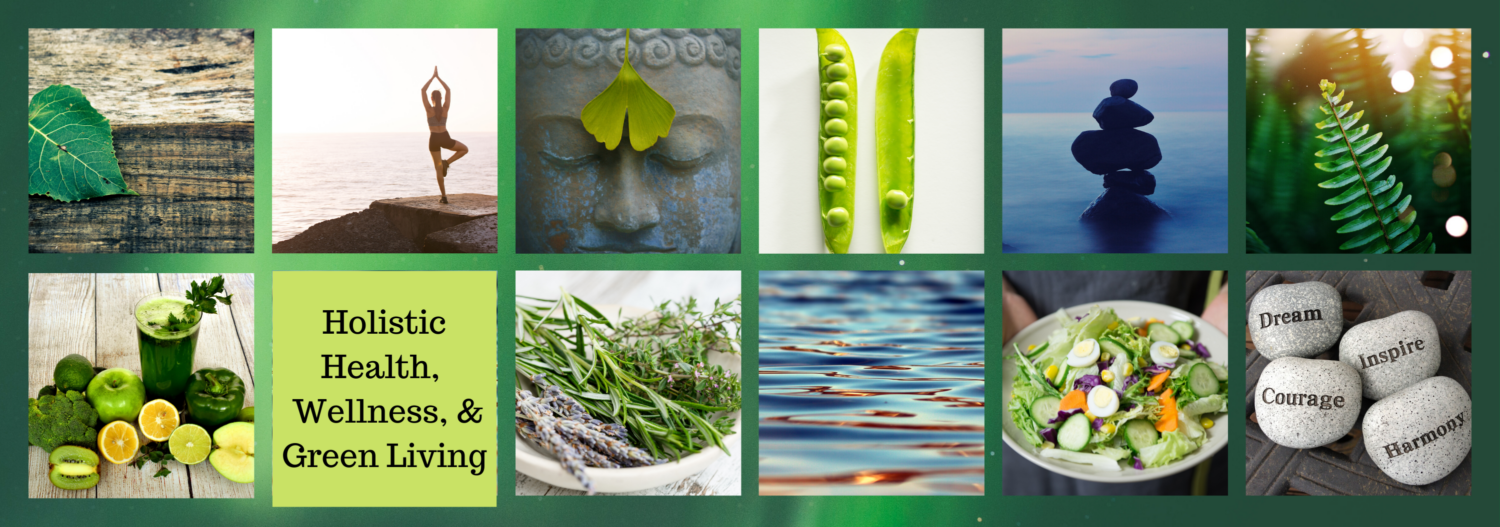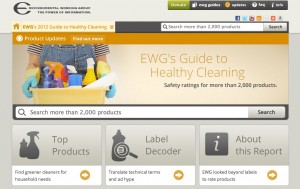Ever wish you had a guide that would instantly tell you if a cleaning product passes or fails in terms of its safety? Wish you could look up ingredients to see how safe and eco-friendly they are? Well, now you can!
Last month, the Environmental Working Group (EWG), a non-profit organization that’s already well known for it’s cosmetic database and several other guides, launched its cleaning database, “Guide to Healthy Cleaning.” It’s not so much a guide for only green cleaning products, but it includes harmful, toxic ones as well and grades them accordingly!
The EWG put together the guide to provide consumers with safety information on ingredients and cleaning products with regard to health and environmental impacts. Considering the fact that there is currently very little government regulation regarding what manufacturers can put into cleaning products and what they need to reveal about their products, it definitely seems like a good idea. Hopefully, this new database will push the industry to become more up-front and transparent!
Overall the guide is helpful in that it contains over 2,000 products and information on over 1,000 ingredients. You can find anything from all-purpose cleaners to wood floor cleaners! However, there are some limitations to it. For example, it’s great that you can enter an ingredient, such as “lavender essential oil” into the database and find a listing of the different types, but what I found confusing was that formaldehyde was listed as an "impurity." When I contacted the EWG for an explanation, they said that because research has shown that the terpenes in some essential oils, notably citrus, may react with ozone in the air to create formaldehyde, they list it as an impurity. I find this misleading because it’s not an actual "impurity" in the product; plus, when there is no pollution present, lavender and other essential oils are great to use for green cleaning as explained in my article, "Top 5 Essential Oils to Use in Your Green Cleaning."
Since it’s release in September of 2012, manufacturers have been contacting the EWG providing them with new ingredient information, changes to product labels, etc. More importantly, they wanted their “grade” to change! But Nils Bruzelius, EWG’s Executive Officer, notes in the EWG article, "What’s Under Your Kitchen Sink?," that the old information and grades are staying put since many consumers already have those products in their homes and products don’t expire immediately. Plus, it takes a while for stores to change over inventory. However, the EWG does note that it will update the database as new information comes in, but not necessarily change the original scores for the above reason.
So, what should you do if your beloved product has a low score? Read the ingredients carefully and see what the evidence is. Weigh information on that product with product reviews from other sources, such as About.com’s Green Cleaning site. Also, contact the company’s customer service department. The more “inquiries” received, the more likely the company will change its ways and become more transparent and if need be, environmentally responsible! After all, just as cosmetic and food manufacturers are required to reveal the ingredients, so too should cleaning companies!
For more details on how the EWG guide was put together, how to use it, and what the scores mean, check out my article, “The Environmental Working Group’s Guide to Healthy Cleaning.”
Copyright © Karen Peltier and Well Gal, 2012. All rights reserved.
Photo © Karen Peltier

